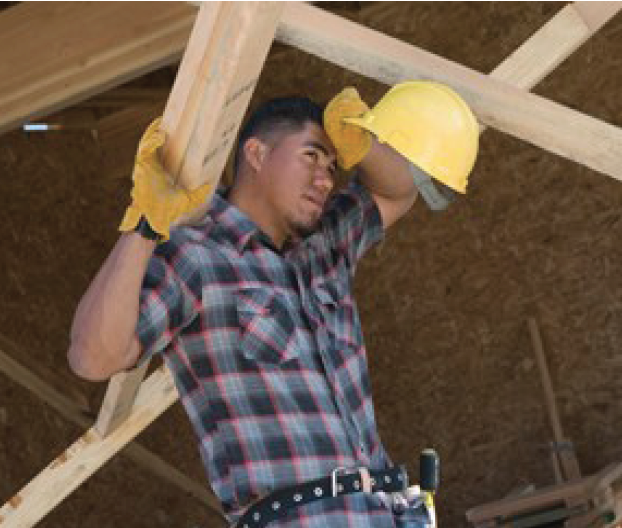
07 Mar
Overexertion injuries should be taken seriously
Overexertion in the workplace causes injury when a person works beyond his or her physical capacity. These types of injuries are usually caused by repetitive motion, such as typing, lifting heavy objects, or working in an awkward position.
Overexertion is generally
caused by:
• Lifting, pulling, pushing and carrying heavy items
• Repeated or long term bending or twisting at the waist.
• Reaching.
• Long term poor posture when sitting or standing.
• Long time absorbing vibration from machinery or driving.
However, physical overexertion is not just a workplace risk. Other causes of overexertion injuries include:
• Sports and exercise.
• Motion control video games.
• Hobbies like woodworking, building, and remodelling.
It is important to recognize if you or another worker is overexerting themselves. Some signs and symptoms of overexertion in the workplace include:
Losing your breath or failure to talk
A person who is overexerting themselves physically will generally be short of breath and unable to speak. While performing work-related tasks, such as lifting, workers should be sure they are not breathing to hard. Take a few moments to pause from the task and relax if you are having trouble breathing.
Feeling dehydrated
A worker who is overexerting themselves will usually feel dehydrated. Dizziness, dry mouth, fatigue, and muscle cramps are all signs of dehydration.
Fatigue and muscle/joint aches
Overexertion can lead to a variety of chronic injuries, including stress fractures and tendinitis. Soreness and aching in joints or muscles are precursors to most overexertion injuries and it’s important to discontinue the activity at least temporarily if you are noticing pain.
You can avoid overexertion injuries by:
Understanding your limits
Probably the most crucial factor for preventing overexertion injuries at work or home is knowing your own limits. When doing any job duty, the worker should pay attention to their own body and be aware if the task is leading to any muscle soreness, cramping, fatigue, or pain as these all indicate overexertion.
Using proper body mechanics
and good posture
Using proper technique in activities such as lifting is very important for protecting muscles, joints, and ligaments against overuse. Poor form and posture are common causes of injury, including overexertion of the neck or back.
Taking breaks
Workers performing physically strenuous tasks should be sure to take adequate breaks to prevent overexertion. The most effective breaks involve rest, stretching the muscles, and rehydrating to prevent fluid loss. Warning signs of exertion that may require immediate medical assistance include dizziness, rapid pulse and irregular heartbeat, chest pain, and profuse sweating.
Getting assistance for tasks that
are too difficult
When a work task calls for lifting, pushing, carrying, or pulling any heavy object, a worker should ask for help if they are unable to handle the load themselves. If another person is unable to assist, using equipment to help move the object is best.
If you think you have sustained an overexertion injury at work, it’s important that you report the injury to your supervisor, and visit your doctor for the best course of treatment.